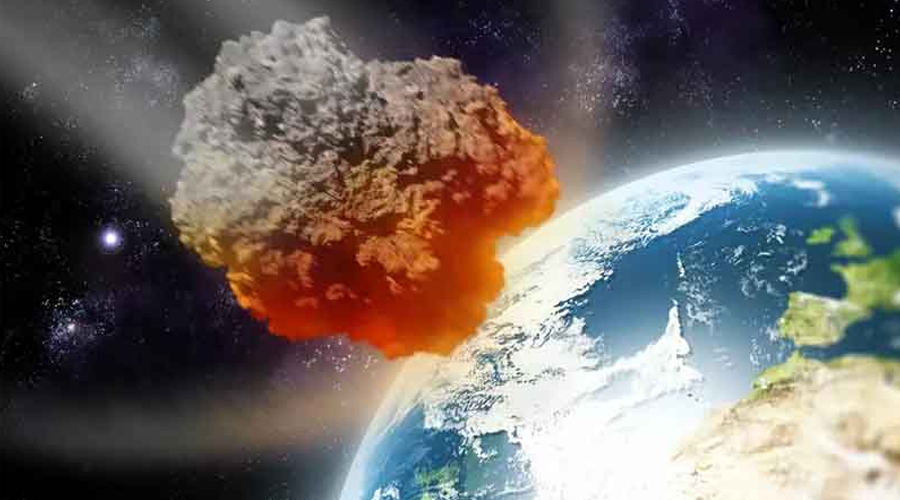New York : According to the American space research agency NASA, an asteroid moving rapidly towards the Earth may possibly hit the Earth on December 22, 2032. It has a 2.1 percent chance of impact, while there is a 97.9 percent chance it will pass close to Earth. However, if it hits land, it could have serious effects on many countries in South America, South Asia and Africa.
NASA’s Asteroid Terrestrial Impact Last Alert System Station, located in Chile, discovered the asteroid in December 2024, according to a foreign news agency. Initially, it had a 1.3 percent chance of hitting Earth, but NASA still considered it one of the most dangerous objects in space. According to the European Space Agency, experts around the world are using advanced telescopes to accurately determine the asteroid’s orbit.
According to NASA’s Catalina Sky Survey Project Scientist David Rankin, the asteroid’s potential impact zone is quite wide, spanning South America, the Pacific Ocean, South Asia, the Arabian Sea, and Africa. Potentially threatened countries include Venezuela, Colombia, and Ecuador in South America, while India, Pakistan, and Bangladesh in South Asia, and Ethiopia, Sudan, and Nigeria in Africa.
If the asteroid 2024 YR4 were to hit Earth accidentally, it could cause serious damage. Experts say that the timing and location of the Earth’s rotation will depend on where it will fall.
In 1908, an asteroid of similar size fell in Siberia in the Tunguska event, which destroyed an area of 830 square kilometers. NASA’s 2022 DART mission was able to change the orbit of a small asteroid, but scientists fear that more powerful methods will be needed to remove 2024 YR4.
If an attempt were made to remove it in 2028, it would require a much more powerful influence. A large spacecraft or nuclear weapon would probably be able to remove it effectively. If an attempt was made to destroy the asteroid completely, it could cause a shower of smaller fragments, which could cause further destruction. International experts are collecting more data about the asteroid using the James Webb Space Telescope.
More research over the next few years will determine whether or not the asteroid could actually hit Earth, and what strategies will be taken to mitigate it if the risk of a collision increases. Although the chances of 2024 YR4 hitting Earth are low, experts are keeping a close eye on it. Any changes in its orbit will be continuously monitored in the coming years so that timely safety measures can be taken.


